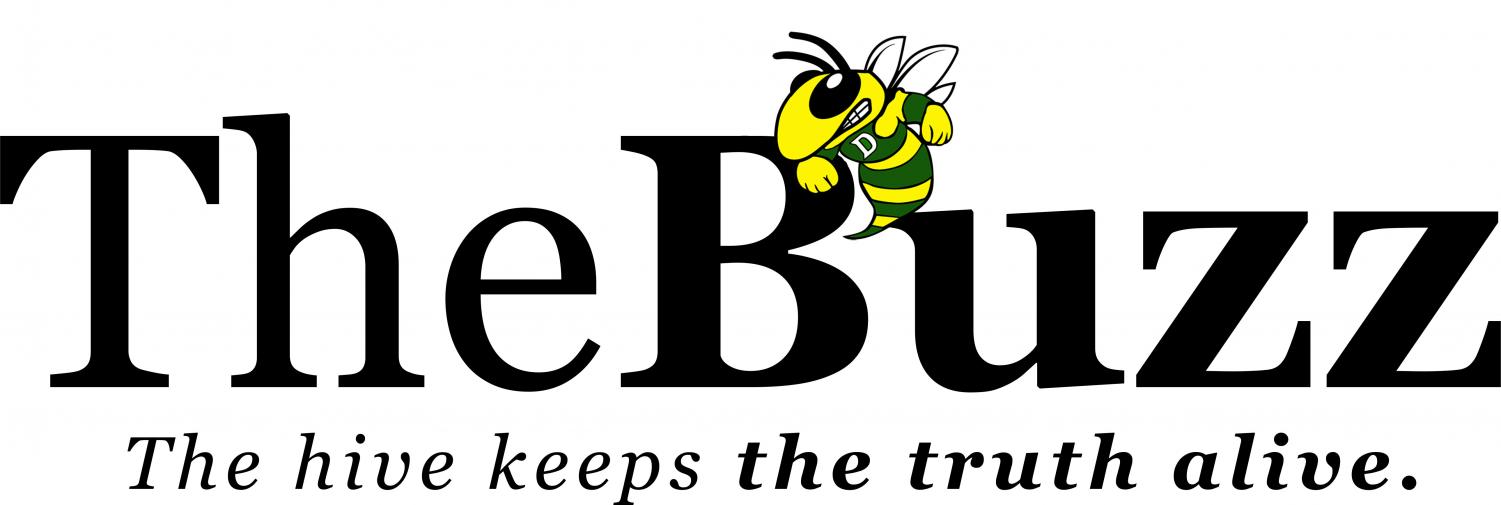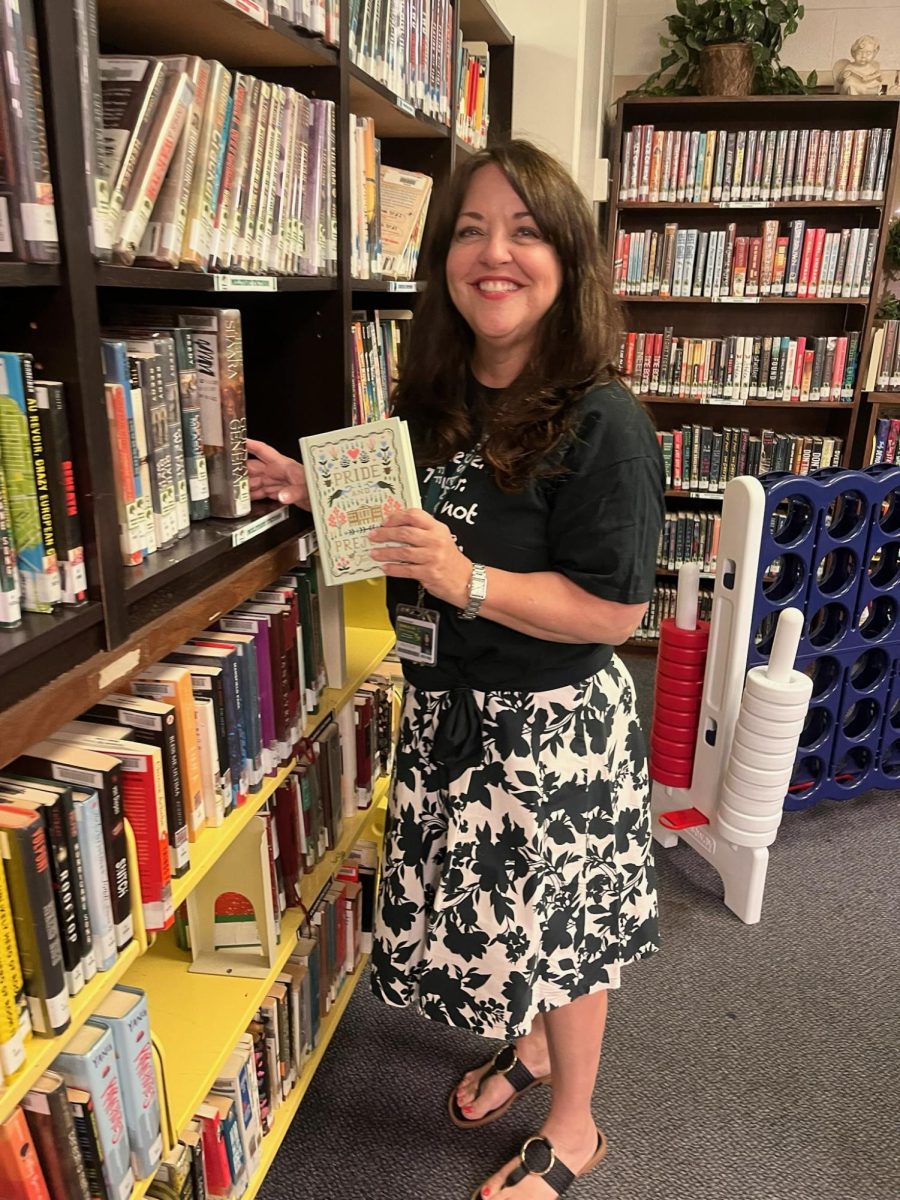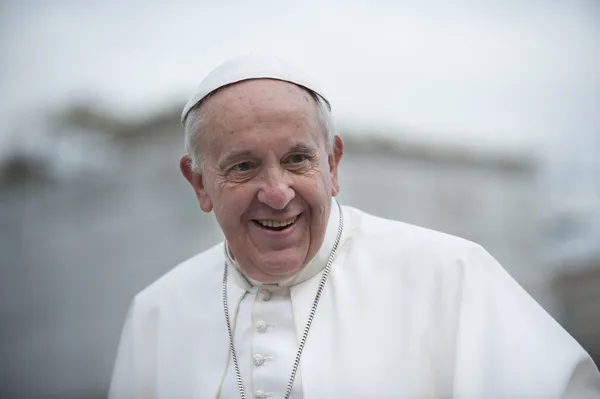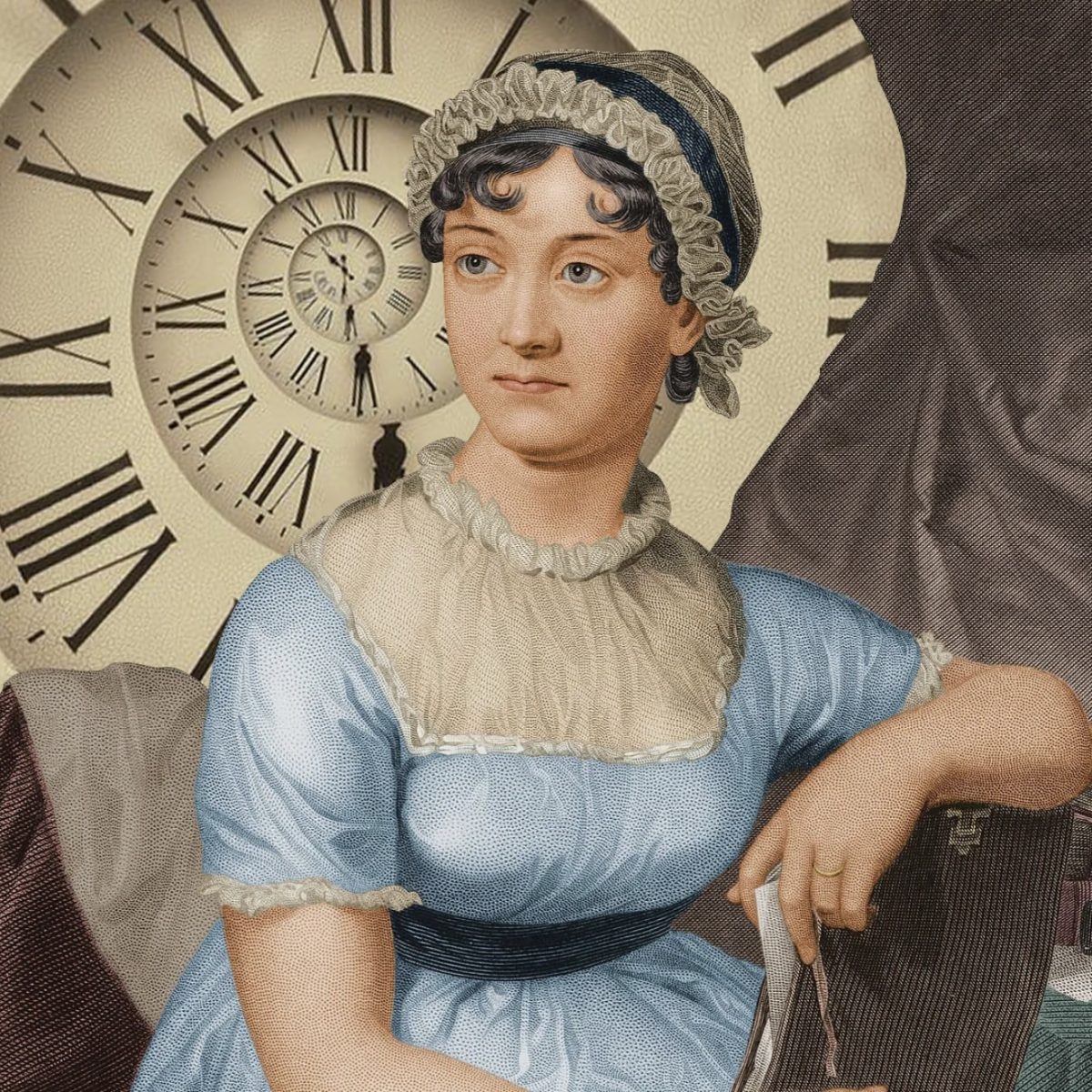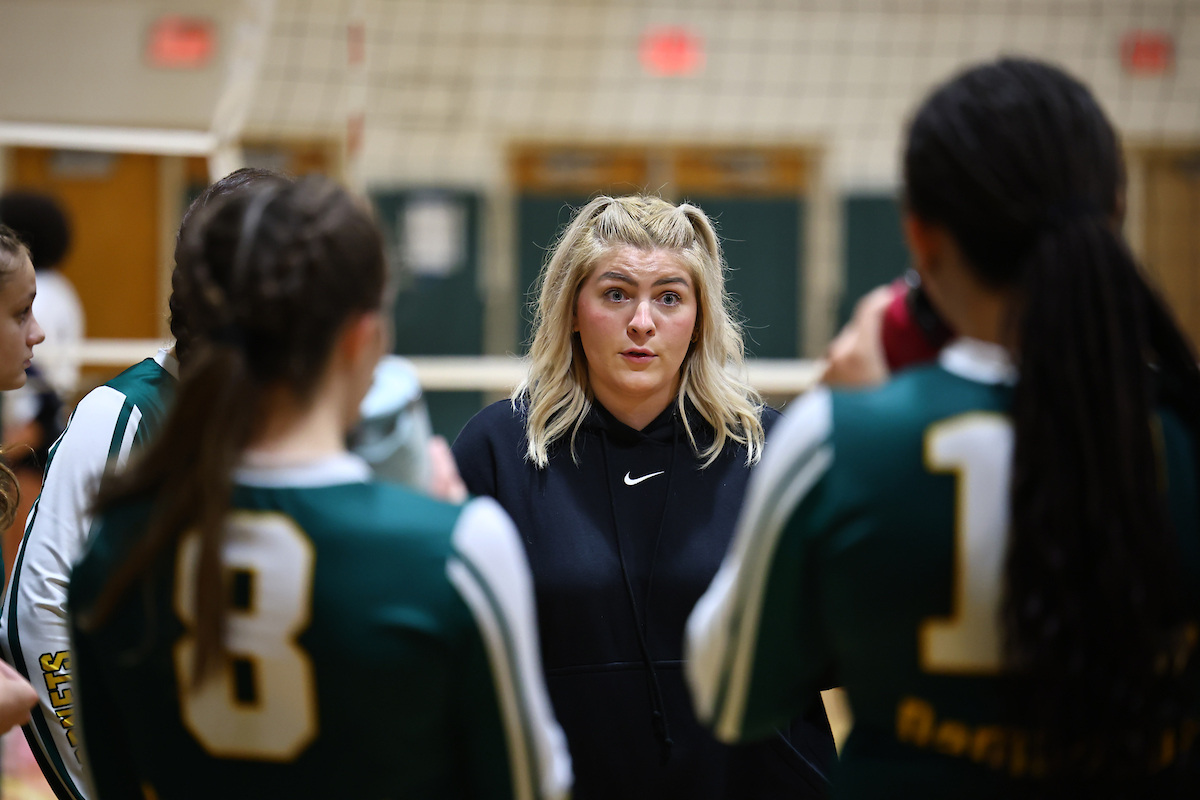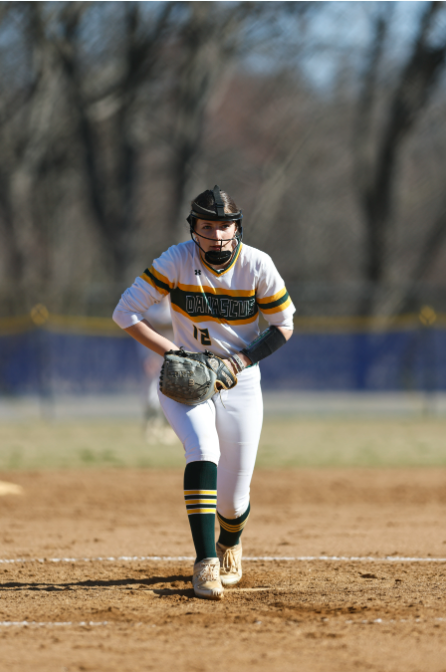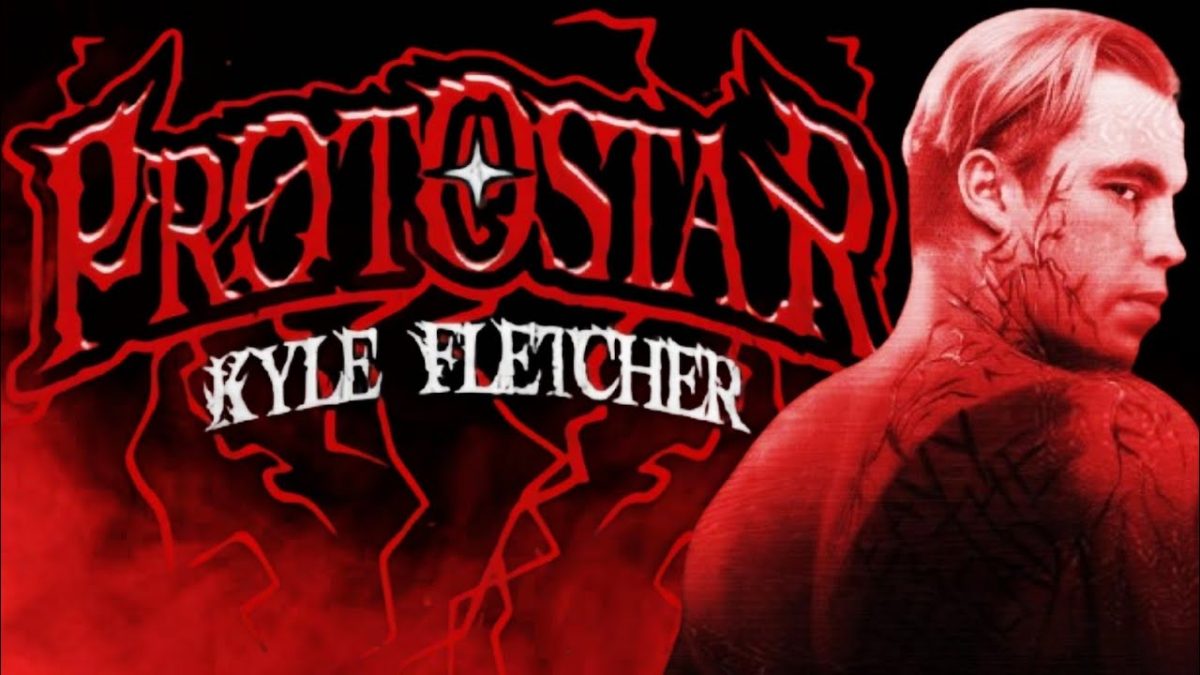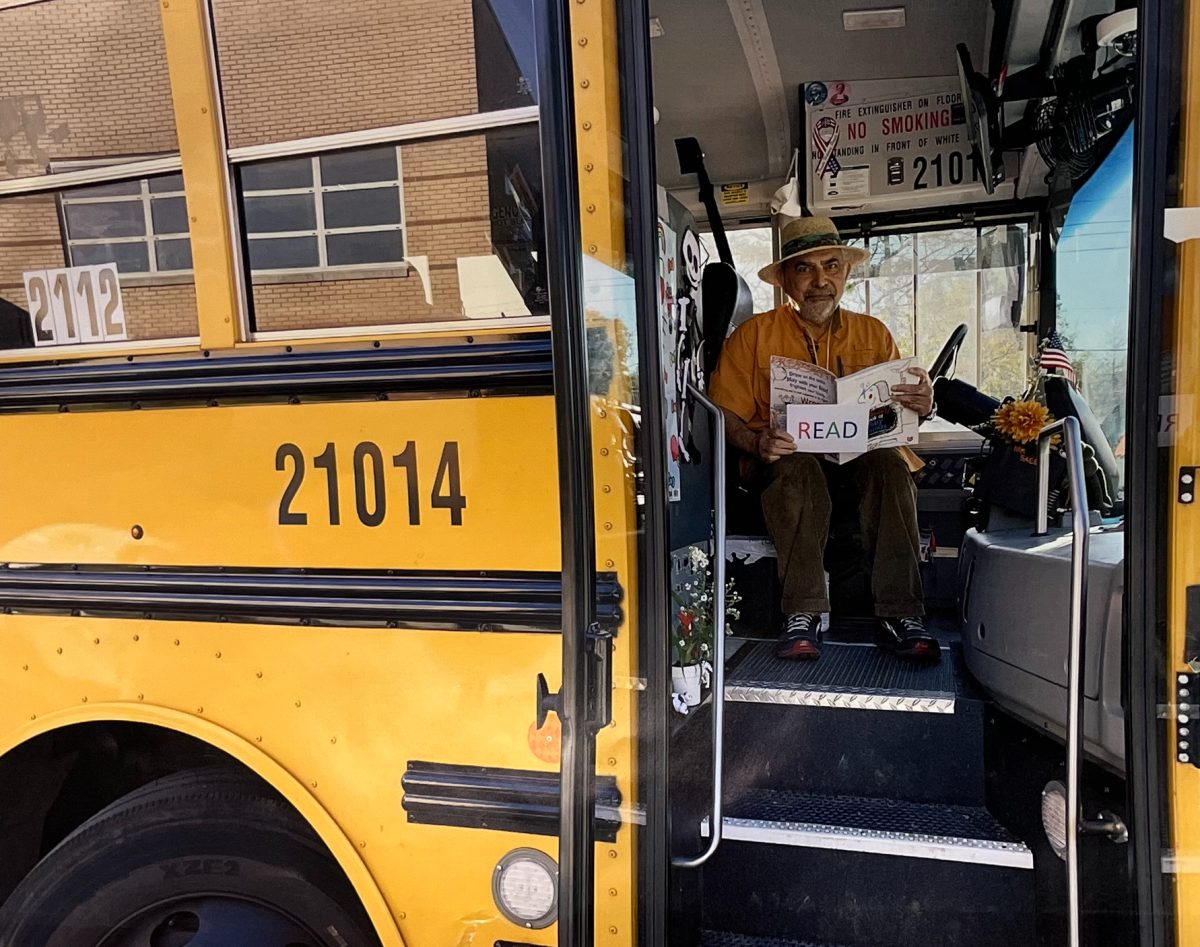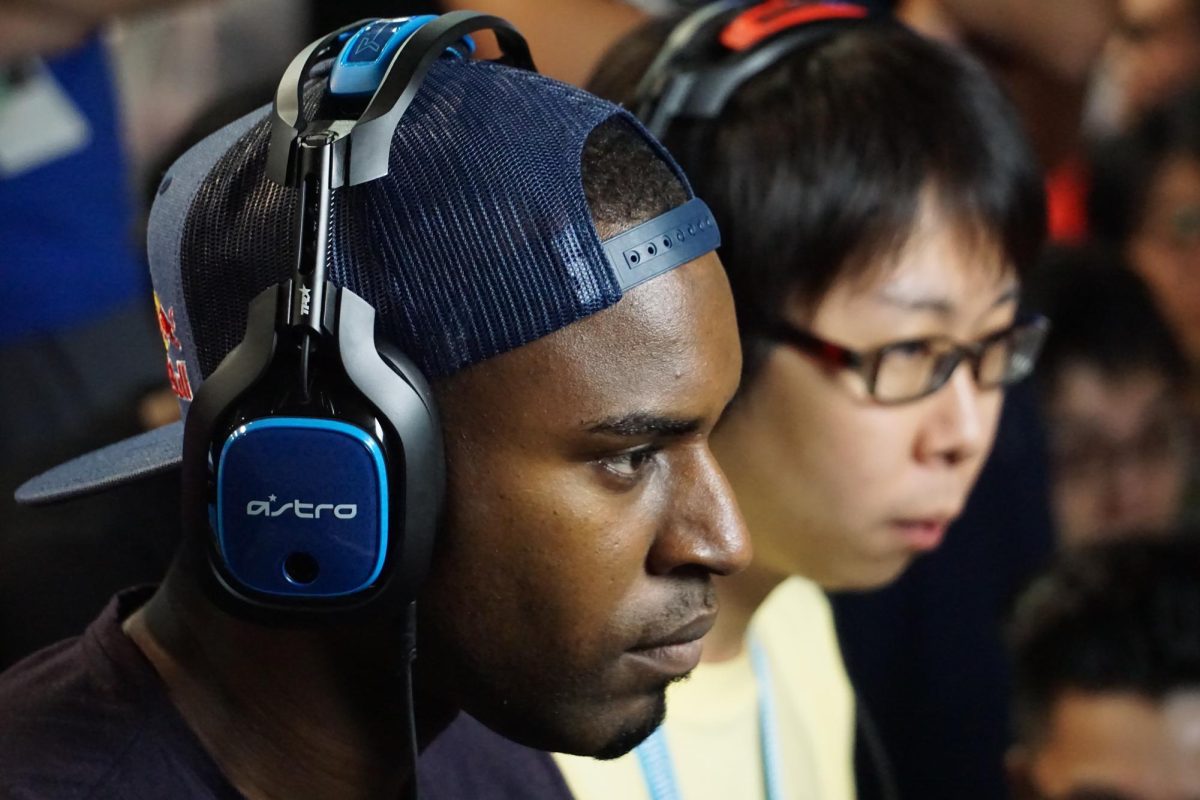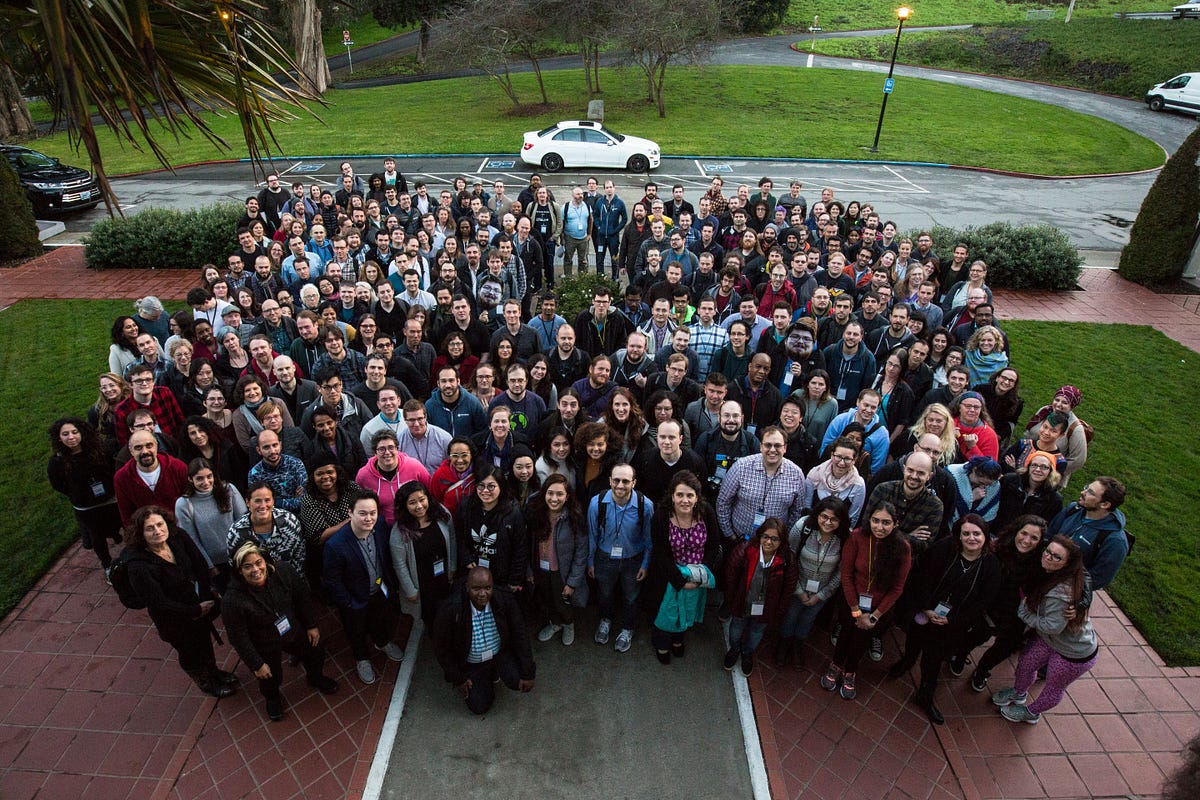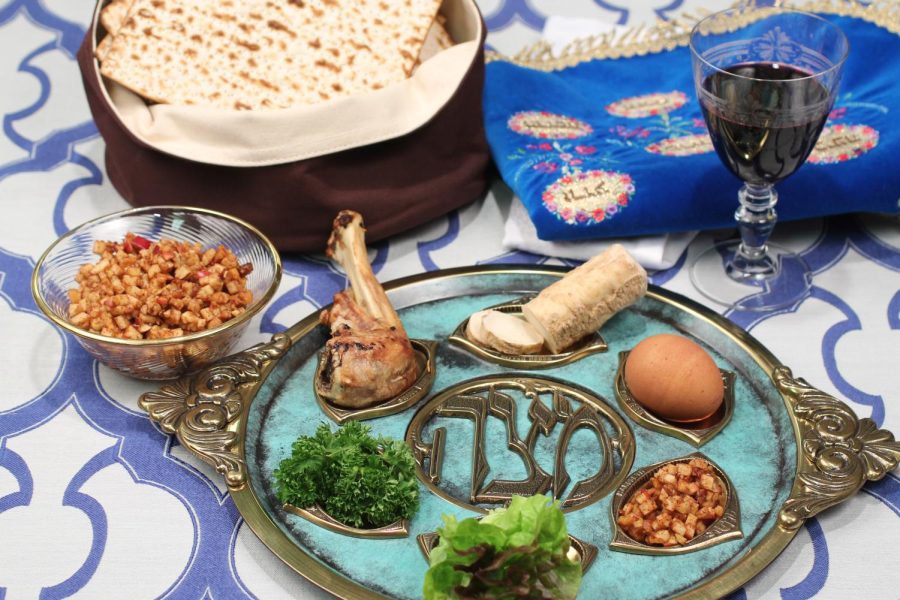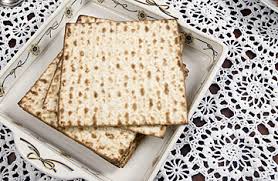Passover, Pesach (פֶּסַח)
The traditional passover seder plate consists of parsley, charoset, karpas, a hard boiled egg, shank bone, three matzo and salt water.
April 18, 2022
Pesach is a traditional Jewish holiday that happens on the 15th of Nisan in accordance with the Jewish calendar. Pesach is celebrated to commemorate the Jews escaping from slavery in Egypt after Moses freed them.
During the seven days of Pesach in Israel and eight days in the diaspora, Jews do not eat grain (chametz) or anything that has risen. Prior to the start of Pesach, the house is cleaned and the remaining grains are sold or burned. After the first two days of the seder, the restrictions are relaxed, however it is still forbidden to consume grains.
Many Jewish traditions are not celebrated by every family. The Fast of the Firstborn Son is one of those traditions. When Pharaoh refused to release the Jews, God sent the 10 plagues. One of those plagues was the death of the firstborn son. Every Jew painted their door red with the blood of a lamb in order to prevent the firstborn son in that family from being killed, which is how the name Passover originated. The Egyptian families all mourned the death of their sons the next morning when they found their sons had been killed. Now, the firstborn on the day of the seder is commanded to fast to commemorate the Jewish firstborns that lived.
One of the most widely recognized symbols of Pesach is the matzo–unleavened bread. As Jews were leaving Egypt they were afraid that Pharaoh would change his mind, so they put the unleavened bread onto their backs, which turned into matzo. Every year as Pesach is celebrated, Jewish families consume matzo and no unleavened grains to commemorate that. Matzo is solely made from flour and water.
The first two days of Pesach are the most “important” and are celebrated with a seder, which is a special type of dinner, one of the most widely celebrated traditions in the Jewish religion. At the seder, Jewish families tell the story of how the Jews escaped and fled to Israel. Jews pray using a Haggadah during the seder. The Haggadah divides the seder into many separate sections.
The first section is the Kiddush. Families recite a prayer over and drink the first glass of wine.
Next, families perform the Urchatz or the washing of their hands. Families are instructed not to recite a blessing over this.
After the first two steps, families dip Karpas or Parsley into saltwater. This commemorates the salty tears that the Jews cried while enslaved in Egypt.
The fourth step is the Afikomen. There are three matzos placed on a plate. During this step, a member of the family will take the middle matzo and break it in half. This matzo or as it is commonly called–the afikomen–is then hidden in some households for the children to find later. If the children find it, they will receive a prize.
Jews will then retell the story of Pesach. Some families read from the Haggadah, while others just tell it from memory. Families differ based on tradition and location.
Families will then wash their hands a second time, and this time the washing of the hands will be blessed.
The maror is then eaten. Maror is a bitter herb that is used to symbolize the suffering that the Jewish people endured while enslaved in Egypt. In common day households, many families use horseradish.
Next, families will make a sandwich out of matzo and maror.
The family seder meal is then eaten. There is no tradition as to what specific meal is made, although there are multiple courses in many households. Some serve a salad, matzo ball soup, then the main course in addition to dessert if that is what the family decides.
Once the meal is finished, Jews eat the middle matzo. Earlier in many households, the middle matzo was hidden. In this case, the families that hid the matzo, depending on where it was hidden, will take a new matzo and eat it due to sanitary issues and questions of cleanness.
There will be a blessing after the meal and following the blessing, 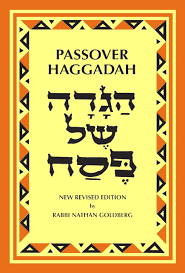 Jews will drink the fourth cup of wine.
Jews will drink the fourth cup of wine.
The Hallel is recited and families will drink a fourth and final cup of wine.
The seder will then conclude.
Only people of age in whatever country they live in will drink wine. In some countries–including the U.S.–people underage will drink grape juice.
There are online Haggadahs for more detail on the seder and Pesach traditions.
The Pesach story started in Egypt long before the Jews escaped. As the story goes, Moses was born to a mother who already had three daughters. During that time, the firstborn male was forced to be killed–Moses was the firstborn son in the family.
His mother wanted to save him, so she put Moses in a cradle as a baby and put the basket in the Nile River, pushing it so it floated down the river. His mother sent his sister Miriam to watch over him. The Pharaoh’s daughter found Moses down the river and adopted him. After the Princess found Moses, Miriam offered to find a nurse for the child, and she brought Moses’ mother Jocheved.
Moses was raised as part of the royal family and treated accordingly. When Moses grows up, he leaves the palace. He gets married and becomes a shepherd looking after his father-in-law’s flock of sheep. While shepherding, he hears a voice in a burning bush–God.
God instructs him to go to the Pharaoh and tell him, “let my people go.” Pharaoh refuses and forces harder labor on the Jews. As a punishment, God creates the 10 plagues and releases them on Egypt. Water turning to blood, frogs, lice, flies, livestock pestilence, boils, hail, locusts, darkness and the killing of firstborn children.
Eventually, Pharaoh lets the Jews go. They are forced to hurry their departure from Egypt in case Pharaoh changes his mind. This is where matzo came from. They did not have time for baking the bread and letting it rise so they just put the dough on their backs and left. As they had predicted, Pharaoh changed his mind and came after the Jews on a chariot accompanied by his army. Moses separated the sea using his staff, and the Jews passed through. Moses then waved his staff and put the sea back together, drowning the Egyptian army.
Jews sang a song of joy and gratitude when they were finally free.
